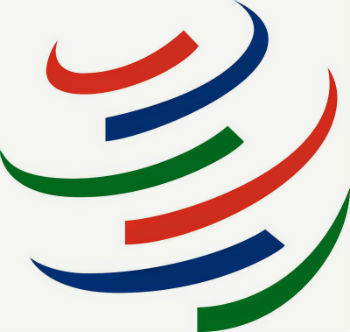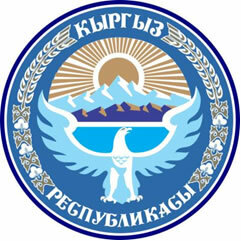THE WTO (World Trade Organization) is an international entity with the objective of providing trade opening to all countries.
The organization was created in 1995, has 162 member countries and is headquartered in Geneva, Switzerland. English, French and Spanish are its official languages.
What is the WTO?
The main objective of the WTO is to act as a forum for negotiations and agreements to reduce obstacles to international trade.
Its job is to guarantee stability, competition among all countries and, in this way, ensure the economic development of nations.
It is also responsible for resolving conflicts between member states and signing trade agreements.
Origin of the WTO
The idea of an institution to regulate world trade emerged in 1948 with the creation of the General Agreement on Tariffs and Trade (GATT), which brought together 23 countries, including Brazil.
In this way, exclusively bilateral negotiations ended and expanded to a multilateral organization. His goal was that there would be no more customs barriers that would harm trade and nations.
Eight multilateral rounds were held during the GATT. The last, the Uruguay Round in 1986, involved updating this body and transforming it into the WTO.

WTO Objectives
- Negotiate the reduction or elimination of trade barriers, such as trade tariffs;
- manage trade conduct rules such as subsidies;
- manage the goods and services generated by commercial activity, such as intellectual property;
- monitor the review of trade policies of member states;
- act for the development of the member states;
- apply commercial surveys and disseminate the data in support of member countries.
Member Countries
The World Trade Organization currently has 162 members and continues to add members. Are they:
| South Africa | Albania | Germany | Afghanistan | Angola | Antigua and Barbuda |
| Saudi Arabia | Argentina | Armenia | Australia | Austria | Bangladesh |
| Barbados | Belgium | Belize | benin | Bolivia | Botswana |
| Brazil | Brunei | Bulgaria | Burkina Faso | Burundi | Cape Green |
| Cambodia | Cameroon | Canada | Qatar | Kazakhstan | Chad |
| Chile | China | China Tapei | Cyprus | Colombia | Costa Rica |
| Costa do Marfim | Croatia | Cuba | Denmark | Dominica | Egypt |
| El Salvador | United Arab Emirates |
Ecuador | Slovakia | Slovenia | Spain |
| Estonia | U.S | fiji | Philippines | Finland | France |
| Gabon | Gambia | Georgia | Ghana | Grenade | Greece |
| Guinea | Guinea-Bissau | Guyana | Haiti | Honduras | Hong Kong, China |
| Hungary | Yemen | India | Indonesia | Ireland | Iceland |
| Marshall Islands | Israel | Italy | Jamaica | Japan | Jordan |
| Kuwait | Laos | Lesotho | Latvia | Liberia | Liechtenstein |
| Lithuania | Luxembourg | Macao, China | Macedonia | Madagascar | Malaysia |
| Malawi | Maldives | mali | Malta | Morocco | Mauritius |
| Mauritania | Mexico | Mozambique | Moldavia | Mongolia | Montenegro |
| Myanmar | Namibia | Nepal | Nicaragua | Nigeria | Norway |
| New Zealand | Oman | Netherlands | Panama | Pakistan | Papua New Guinea |
| Paraguay | Peru | Poland | Portugal | Kenya | Kyrgyzstan |
| UK | Central African Republic | Czech Republic | Republic of Korea | Congo Republic | Dominican Republic |
| Romania | Rwanda | Russia | Saint Cristopher | Samoa | Saint Vincent and Grenada |
| Senegal | Sierra Leone | Singapore | Sri Lanka | Seychelles | Sweden |
| Switzerland | Suriname | Swaziland | Thailand | Tajikistan | Tanzania |
| Togo | tonga | Trinidad and Tobago | Tunisia | Turkey | Ukraine |
| Uganda | European Union | Uruguay | Vanuatu | Venezuela | Venezuela |
| Vietnam | Zambia | Zimbabwe |
read more:
- APEC
- Mercosur
- Economic blocks
- Protectionism
- IMF - International Monetary Fund

